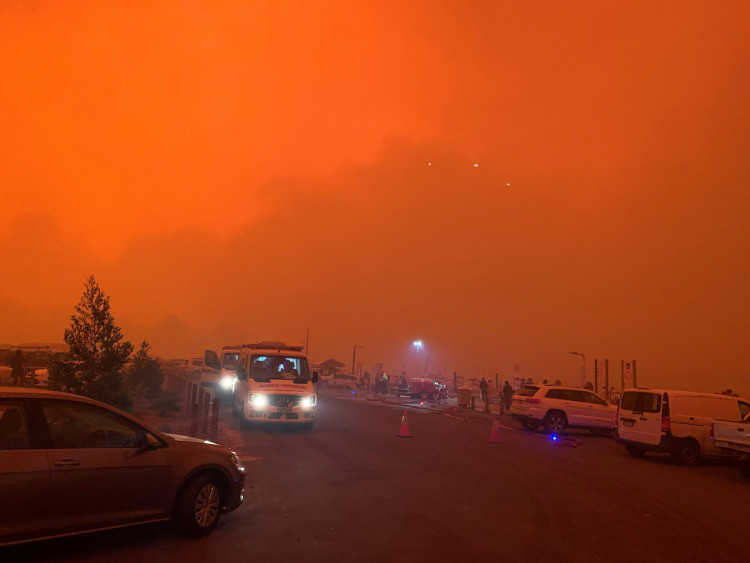Huge amounts of dust can be churned up by winds and carried over great distances in dry places like enormous deserts. Depending on the dust's chemical makeup, the atmosphere of Earth may cool or warm as a result of its presence in the air. That might affect how quickly climate change occurs. Scientists are now unsure of the effects that various types of dust have, as well as whether the total amount of dust in the atmosphere contributes to warming or cooling.
Scientists will gain a better understanding of the types of minerals that contribute to climate change as a result of new maps of the chemical makeup of dust based on measurements made from the International Space Station.
The Earth Surface Mineral Dust Source Investigation (EMIT) instrument, which was launched at the International Space Station in July, collected measurements that were used to produce the two new maps. They show the chemical make-up of the minerals that blanket the ground in two different parts of our planet: Libya in North Africa and northwest Nevada in the United States. Scientists want to better understand how different forms of dust affect the temperature of Earth's atmosphere by analyzing the mineral fingerprints of Earth's surface from orbit.
Before actual mapping can begin, researchers will be able to calibrate the device using the first two maps produced using EMIT's readings. Additionally, the area in northwest Nevada was mapped from the air in 2018. The NASA team was able to validate the accuracy of the EMIT equipment by comparing the results from the two sets of measurements.
EMIT is a spectrograph that analyzes the absorption of electromagnetic radiation by various materials at various wavelengths. These light-absorption spectra allow researchers to determine how different materials affect air temperature.
"The data we're getting from EMIT will give us more insight into the heating and cooling of Earth, and the role mineral dust plays in that cycle," Kate Calvin, NASA's chief scientist, and senior climate advisor said. "It's promising to see the amount of data we're getting from the mission in such a short time."
EMIT delivers a staggering 300,000 spectra every second, claims Robert Green, the project's main investigator and a senior research scientist at NASA's Jet Propulsion Laboratory in Southern California. "Decades ago, when I was in graduate school, it took 10 minutes to collect a single spectrum from a geological sample in the laboratory," Green commented
EMIT will do billions of these observations over the course of its year-long mission, spanning the entire planet. By adding the variable that is now absent-the dust's interaction with the Earth's system-scientists will be able to improve their climate-change models.






